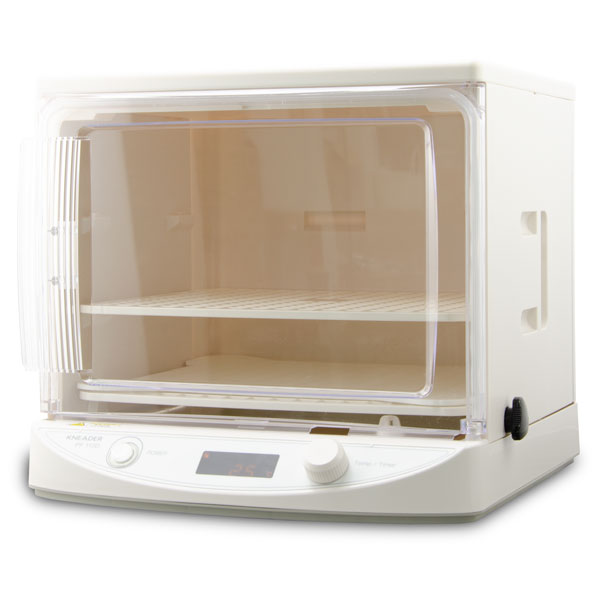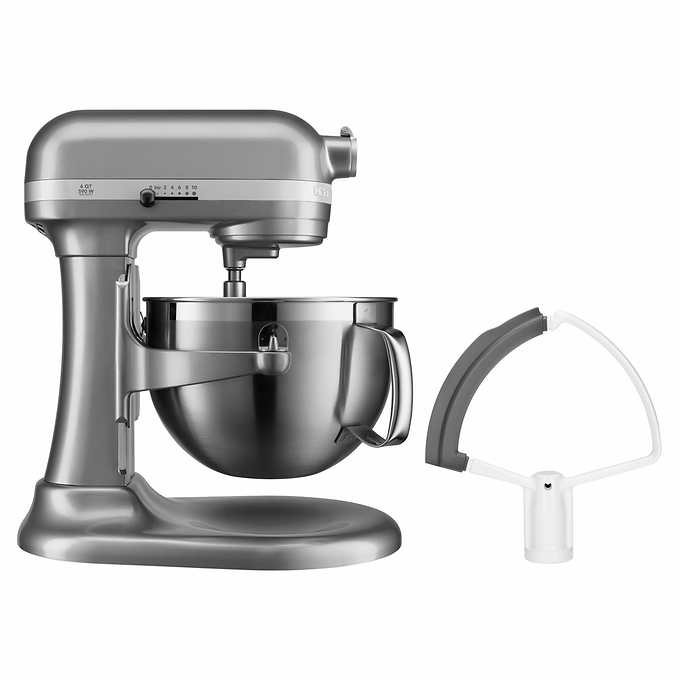As a home baker in Japan there are quite a few constraints that can make baking more challenging than baking in a full western kitchen. With a bit of effort and improvisation good bread is still quite achievable.
Let's start with fermentation. For the first few years I've used a digital temperature controller connected to a kotatsu (traditional heated table) to maintain a somewhat consistent temperature for doing bulk fermentation or growing sourdough starter. And it worked...surprisingly well.

I spent some time searching for a better alternative and finally came to the conclusion that I needed (ok really really wanted) a Brod & Taylor folding proofer. After extensive searching I came to a sad conclusion. This device is not available in Japan. If I wanted to make this upgrade I would have to find a way to import one or to go to America and carry one back on a plane with me. Neither were ideal, but here we are. Then very recently I found a Japanese company that makes their own version of a tabletop proofer. The Japanese Kneader Company mostly produces products for commercial bakeries but have released a mini version for home use. I snapped one up and am THRILLED with it. I contacted their support division for a minor issue and they were extremely responsive. Through that experience I also learned that their partner business in the USA and Europe is in fact Brod & Taylor. So near as I can tell, this is the actual manufacturer and that agreement also explains why I couldn't find the B&T in Japan!

Now the elephant in the kitchen so to speak is the oven. Western style and sized ovens are really NOT a thing here. In such small living areas any kind of functional kitchen is a rarity. Many apartments, especially in city locations may only have room for a very small refrigerator and a SINGLE BURNER for warming food. As someone who loves to cook the adjustment has been difficult. I consider myself lucky in that I have a gas stove with 2...yes TWO burners. Counter space is also non-existent. I ended up purchasing two different kitchen storage cabinets / bar counters to create counter space. Once that was sorted it was time to tackle the oven issue.

This wonderful little device fits the bill. It is a combination oven, broiler/grill, and microwave that will go up to 300c. Even more importantly, it is just large enough for me to put a 24cm LeCreuset dutch oven inside. While I will never be making full size french baguettes, with an interior that is H30cm x W41cm x D29cm it is enough to do pretty much everything else. The ability to have 2 baking sheets in at the same time is also quite nice for things like bagels.
Have you made brioche yet? I have a few times now. The first 2 times I did it by hand. That was an experience and one that I don't care to repeat. A mixer became a priority. Thankfully I had some family who was going to come to visit and were willing to fly one to me. Unfortunately that trip didn't happen, but I eventually had them ship the mixer to me. Yes, importing kitchen goods from overseas. The crazy thing is, after the cost of the mixer, and the ridiculous shipping costs. It was still a few hundred dollars cheaper than buying the same exact mixer locally. Worth It! KitchenAid Professional Series 6 Quart Bowl Lift Stand Mixer with Flex Edge. This has also enabled me to make marshmallows in my kitchen and after doing that I will never buy them in a bag again.

Of course beyond these big things there is the standard assortment of bowls, spoons, dough whisks, lames, bread pans, cooling racks, and other things that are necessary but not worth actually listing and talking about.
The take away from all of this. If you have an oven, a way to mix ingredients, and a way to provide consistent temperatures (not required but very nice)....you should be able to bake bread. The rest is up to practice, skill, experience, and time.